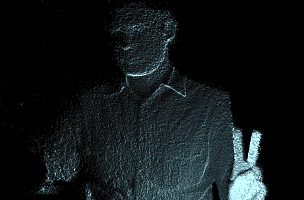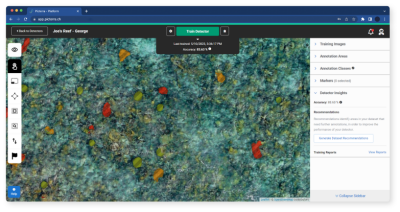I was invited to be a guest blogger at SPAR 2015 in Houston and really enjoyed my first blogging experience. SPAR Point have asked me to become a “regular” contributor and I am very pleased to accept this opportunity to share my thoughts with you on a more regular basis. I hope you enjoy this first post in the series.
In the last month, these are two popular questions posed within the laser scanning community through various social media channels:
- “Laser scanning system A versus laser scanning system B; what is the difference?”
- “What are the top 3 high definition laser scanners on the market today?”
The answer to both of these questions is “it depends” – an answer that can come off as not very helpful to those trying to understand what is out there.
Working in the 3D imaging industry, it is easy to get excited and caught up in the capabilities and technical developments coming forward at an ever increasing pace. Improvements in optics, computing capabilities and technology in general mean that year-on-year we see advances in accuracy, resolution and capture frequency. These trends are complemented by a downward drive in total cost of ownership of 3D imaging systems – Moore’s law in action. The questions above are perhaps indicative of the early adopters in the market space being “sold.” However, we are crossing the chasm, with the majority of the market now ready to embrace the technology but needing help navigating the various offerings out there – weighing trade offs, trying to find the best solution to meet their needs. Let us look into these questions in a pragmatic and simplified way.
In reality, there are no bad tools or systems on the market; if there were, a manufacturer would not be in business. The laws of physics mean that the system you choose is most often dependent upon your application. For example, the functional and non-functional requirements for checking the geometry of an elevator shaft will vary considerably compared to the requirements of monitoring of an open-pit mine, and they will vary much more than a novice to the field will understand. There will be a suitable solution for both applications, but the variation in solution will actually be considerable.
Additional factors such as technical support, software workflow and relationship with your vendor will all play their part as well. Understanding your needs and what is important to you is a great starting point when engaging in the market. Know what you must have and what is nice to have: keep this information close to you as you scan the offerings in the marketplace so you are not distracted by features that are not going to deliver value to you.
Now as a point of disclosure, I have been a Sales Manager for a laser scanner manufacturer, and still do undertake business development activities for various 3D imaging vendors. In future posts though, I would like to move the discussion on from the specific features of the systems that we use, and instead look at the business needs that players in this marketplace have and the justification for these needs that lead to the acquisition of three-dimensional information in the first place. This is where the really interesting conversation is happening now that we have some maturity and experience with the technology at hand.






